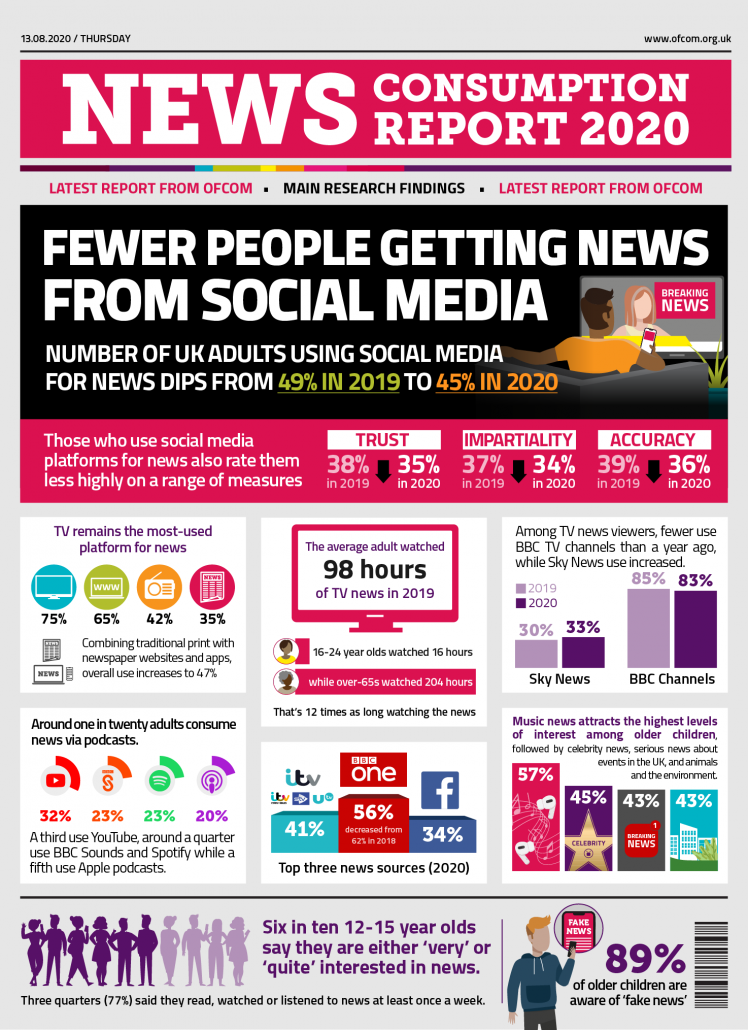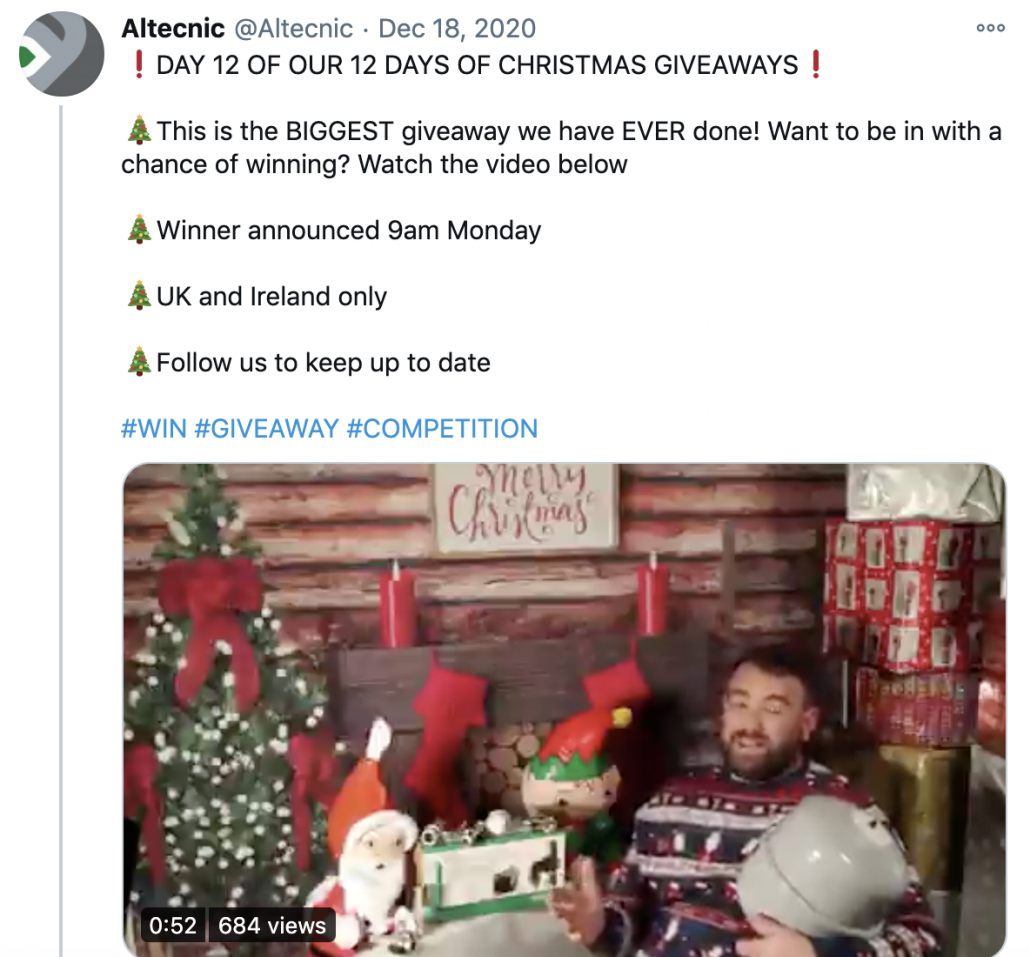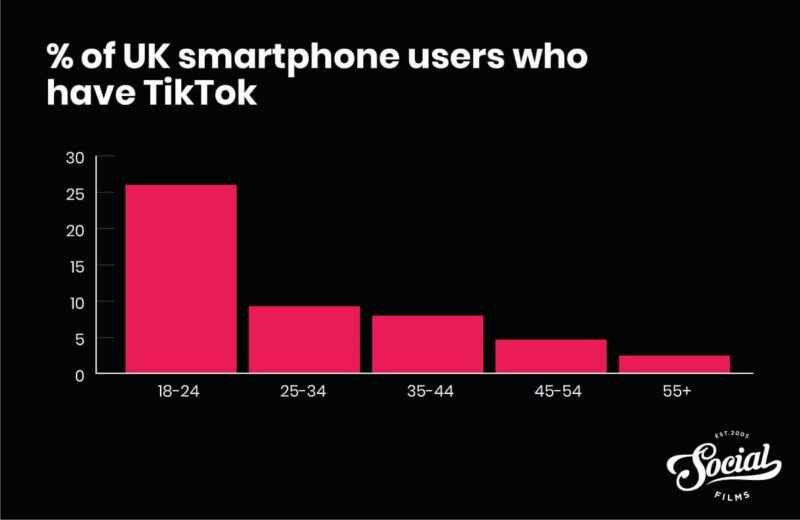HOW HAS THE WAY WE CONSUME NEWS CHANGED?
There are no two ways about it: the way that we get our news has changed over recent years. Accelerated even more so by the pandemic. More than once last year, simply popping out for a paper was not allowed, forcing more of us to consume content online than ever before. At The Source, we are advocates of the #BuyAPaper campaign and are not ignorant of the value of regional print coverage. It’s still an incredibly crucial source of local news. However, it is also important to recognise that the way we get our information is not the same as it was 20, 10 or even 5 years ago. But what does this mean for PR?
Breaking News: We Don’t Always Get Our News From The News
Social media has become really important in the last decade, now, not only is it a resource for connecting with friends, but it’s also a place for learning, venting, creating and most importantly to us – consuming news.
Around 45% of people say they get their news from social media, which is probably much higher than many would have thought when you consider various the demographics of the UK and the number of ways that you can actually get news such as radio, TV, newspapers and online websites.
Apparently, gone are the days where you’d pick up a paper or switch on the 10pm news to find out what’s happening in the world. Thanks to smartphones and social media, we now have everything we could ever need to know at our fingertips. This has been highlighted even more so throughout the Coronavirus pandemic.
Recently, weekly reports from Ofcom have been analysing how the UK population has been getting its news through the Coronavirus crisis, unsurprisingly around 83% use traditional media to find out new information, but only 65% say it’s their most important news source.
We thought we’d put all this information to the test and find out in real-time how people are getting their news in 2021. The results show that whilst traditional media outlets are still valuable, social media is fundamental to most as a way of keeping up to date with current affairs and local news.
Of over 100 respondents, a staggering 76.7% said that without question, social media was their primary source of news and updates.
What Does This Media Shift Mean For PR?
When you run a PR agency, you need to be tuned in to the media landscape and how it changes. Ultimately as PRs our job is to improve the reputation of our clients, and to generate exposure for them on the platforms where this is most worthwhile.
This means that we need to be leveraging the most appropriate platforms for our clients at all times and understand that the way in which news is consumed can – and does – change.
Social media is incredibly important, yet sometimes it can be overlooked in the face of generating tangible PR coverage. It’s great to say you got a client’s community story in the local paper, or a backlink in the national of course, and we’re not saying that this coverage isn’t important. But we also know it’s important to look beyond the traditional methods of PR. Content should be shared in all the relevant spaces, and that includes social media now more than ever. After all, the numbers don’t lie. When your brand has a story to tell, you should be broadcasting it on Facebook, Twitter, LinkedIn, maybe even TikTok, as well as with local and national newspapers.
Will the way we consume news change again in the future? We’re pretty much counting on it. And will we be prepared for it? You can definitely count on us for that.
To find out more about how we build and protect reputations through various PR and marketing methods (that leverage the most up-to-date news sources) then why not get in touch with our team? We’re always up for a chat about what we can do for your business. Reach out via our website now or connect with us on Twitter or LinkedIn.






